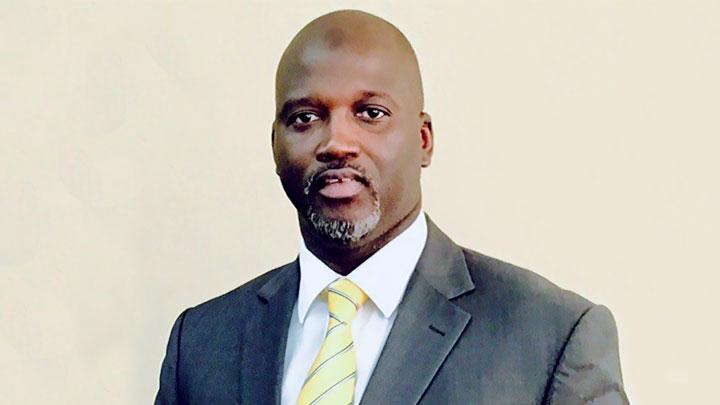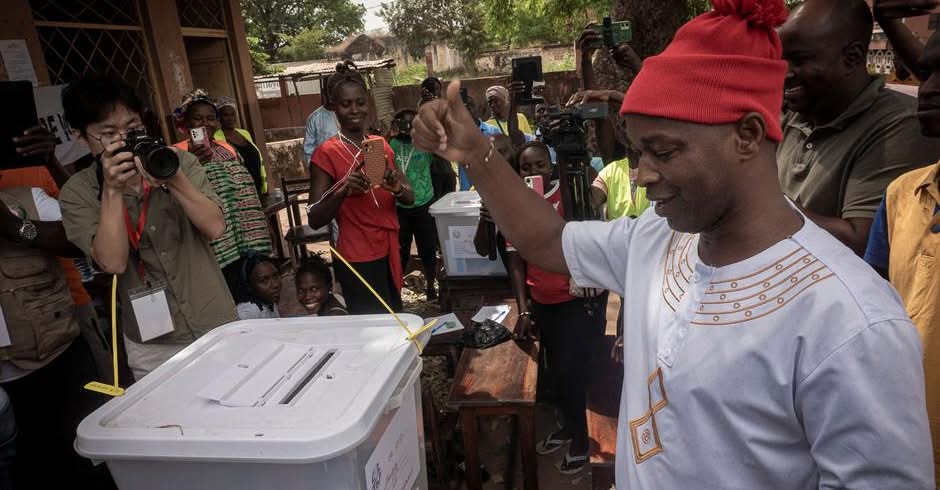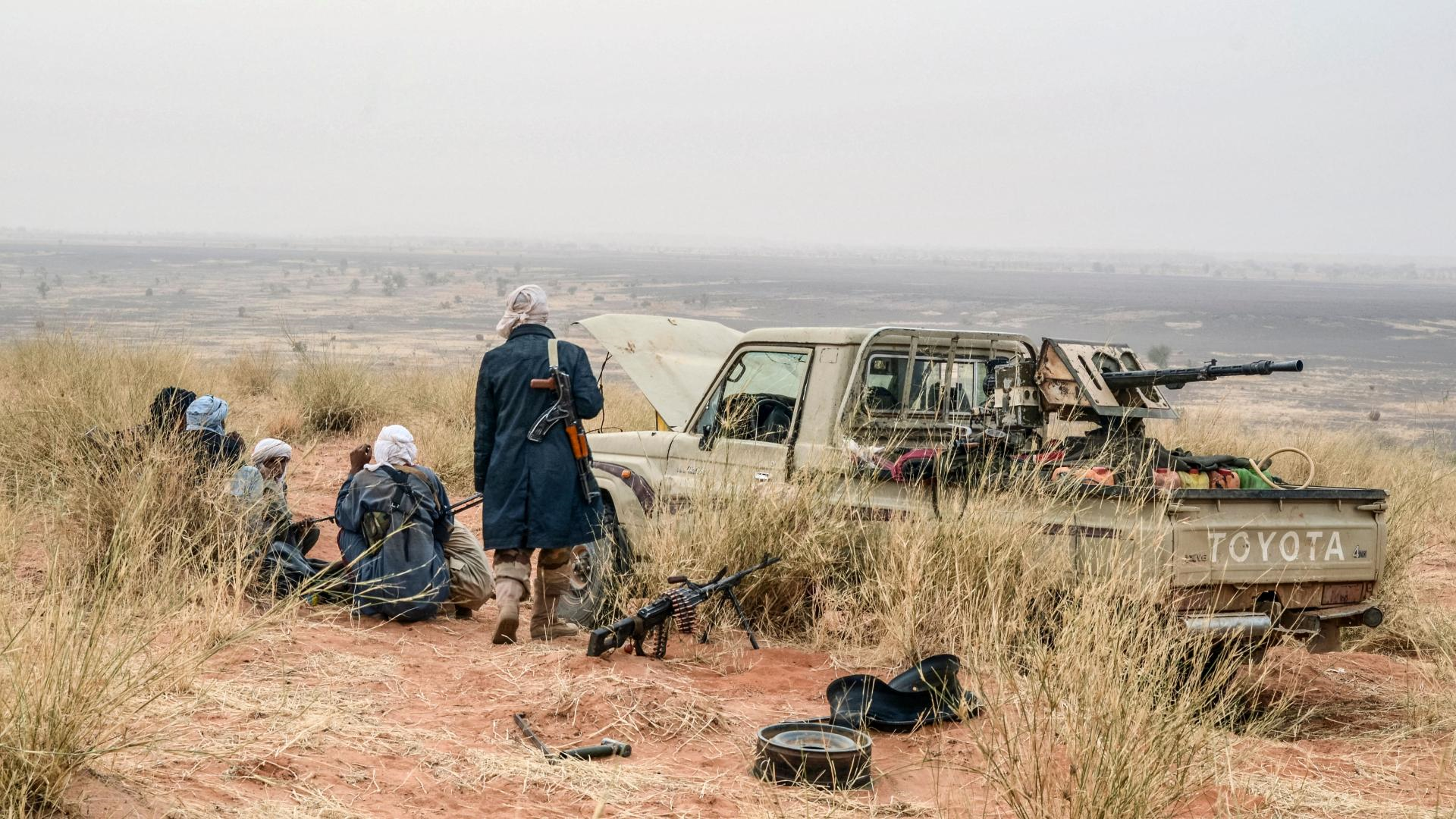Gambiaj.com – (DAKAR, Senegal) – A heavy weapon assault by jihadists near Kayes, Mali, on the night of January 19, 2025, has reignited concerns over security at the Senegalese-Malian border. The attack, which disrupted the Dakar-Bamako corridor, underscores the escalating threat of terrorism in the region and the vulnerability of border communities.
Kayes, the last significant Malian city before the Senegalese border, is a critical hub for trade and travel. The attack forced the rerouting of buses transporting travelers from Senegal, Burkina Faso, and Niger, further highlighting the precarious situation.
This incident follows the recent kidnapping and reported death of Thierno Amadou Hady Tall, a prominent religious leader, by the jihadist group Jama’at Nusrat al-Islam wal-Muslimin (JNIM). Analysts view these events as part of a concerning shift in the strategic operations of terrorist groups in Mali.
Senegalese defense forces have intensified monitoring along the Tambacounda-Kayes axis, while the Malian army continues its offensive against armed groups in the region. In response, Senegal has bolstered its security infrastructure, including the deployment of the EU-supported Rapid Action Surveillance and Intervention Group (Garsi) in Goudiri, which patrols the border to counter transnational crime and terrorism.

Despite these efforts, experts warn of the growing risks for Senegal. The porous nature of the 250-kilometer border complicates surveillance, and the rise in illicit activities such as gold panning, arms trafficking, and human smuggling in areas like Kédougou provides fertile ground for jihadist infiltration.
Senegal faces threats from radical armed groups, including Souleymane Keita, who was arrested in 2016 for jihadist expansion into southern Mali. The country has implemented reforms since 2016 to protect its borders with Mali and Mauritania and raise awareness about radicalization risks among its population.
Senegalese are vulnerable to armed group recruitment due to feelings of exclusion, marginalization, and political, economic, and socio-cultural reasons. The country’s historical role in the 17th-century Islamic jihads and empires may also attract jihadists.
The best protection Senegal has traditionally enjoyed is simply the distance between its borders and the Sahel’s armed groups. This is no longer the case. Jihadist infiltrations from Katibat Serma extend west to Kéniéba, a Malian cercle on the Senegal-Malian border.
Since January 2023, armed groups have been establishing themselves in these areas, driven by large gold quantities and illegal gold mining. These criminal activities attract jihadist recruitment.
JNIM’s katibat probably do not yet have the capacity to strike Senegal effectively. They are still in a long phase of establishing themselves locally in the Kayes region.
JNIM is aiming to increase local recruitment and may organize exploration missions into eastern Senegal, using limited soldiers in Western Mali. They are already spotted engaging in cattle rustling in Kayes and selling it on the Senegalese side.
“Armed groups could extend their influence into the Kayes region, significantly increasing the threat to Senegal,” cautioned Paulin Maurice Toupane of the Institute for Security Studies (ISS Africa).
Senegal has remained a bastion of stability in West Africa, thanks in part to its Sufi-dominated religious culture, which serves as an ideological barrier against violent extremism. However, security analysts emphasize the need for enhanced measures, including a permanent military base at the border, to deter potential incursions.
The Senegalese government has also prioritized infrastructure projects to reduce the isolation of border communities, which are often targeted by armed groups. However, some experts believe these efforts fall short of the comprehensive strategy needed to counter the growing regional threat.
While Dakar’s model of security and ideological resistance has thus far shielded it from direct attacks, recent developments in Mali underscore the urgency for long-term preventive measures. Strengthening regional cooperation and building military and civilian capacities will be essential to addressing the evolving threat landscape.
For now, the attack near Kayes serves as a stark reminder of the fragile security situation in the Sahel and the pressing need for proactive, coordinated responses.










